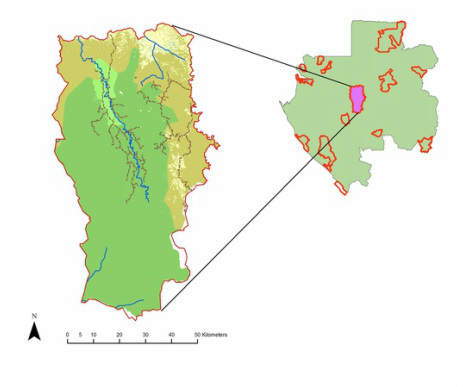 |
|
Lopé National Park
The Lopé landscape is one of the best-studied in Central Africa. Since the early 1980’s the park has hosted pioneering and world-class research in many key areas including mammalian ecology, archaeology, vegetation dynamics and climate change.
Because of its unique ecology and rich human history, Lopé has attracted researchers from around the world, many of whom have studied at the Station d’Etudes des Gorilles et Chimpanzés. Other researchers have worked independently, or have been hosted by one of the park’s partners, such as WCS or ZSL. The biology, archaeology and ecology of the Lopé landscape is described in 20 PhD theses and almost 200 peer-reviewed publications.
Because of its unique ecology and rich human history, Lopé has attracted researchers from around the world, many of whom have studied at the Station d’Etudes des Gorilles et Chimpanzés. Other researchers have worked independently, or have been hosted by one of the park’s partners, such as WCS or ZSL. The biology, archaeology and ecology of the Lopé landscape is described in 20 PhD theses and almost 200 peer-reviewed publications.

Proudly powered by Weebly